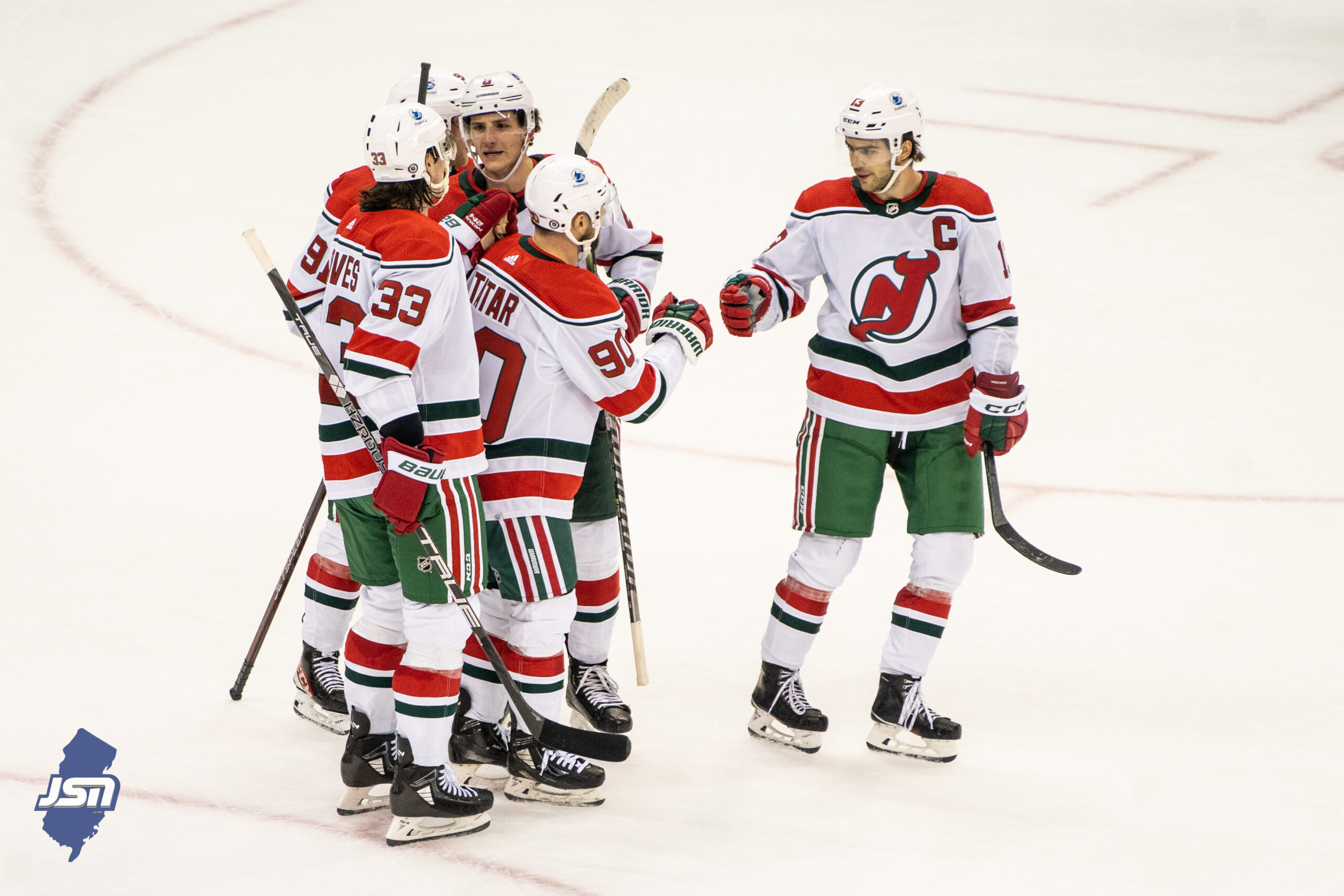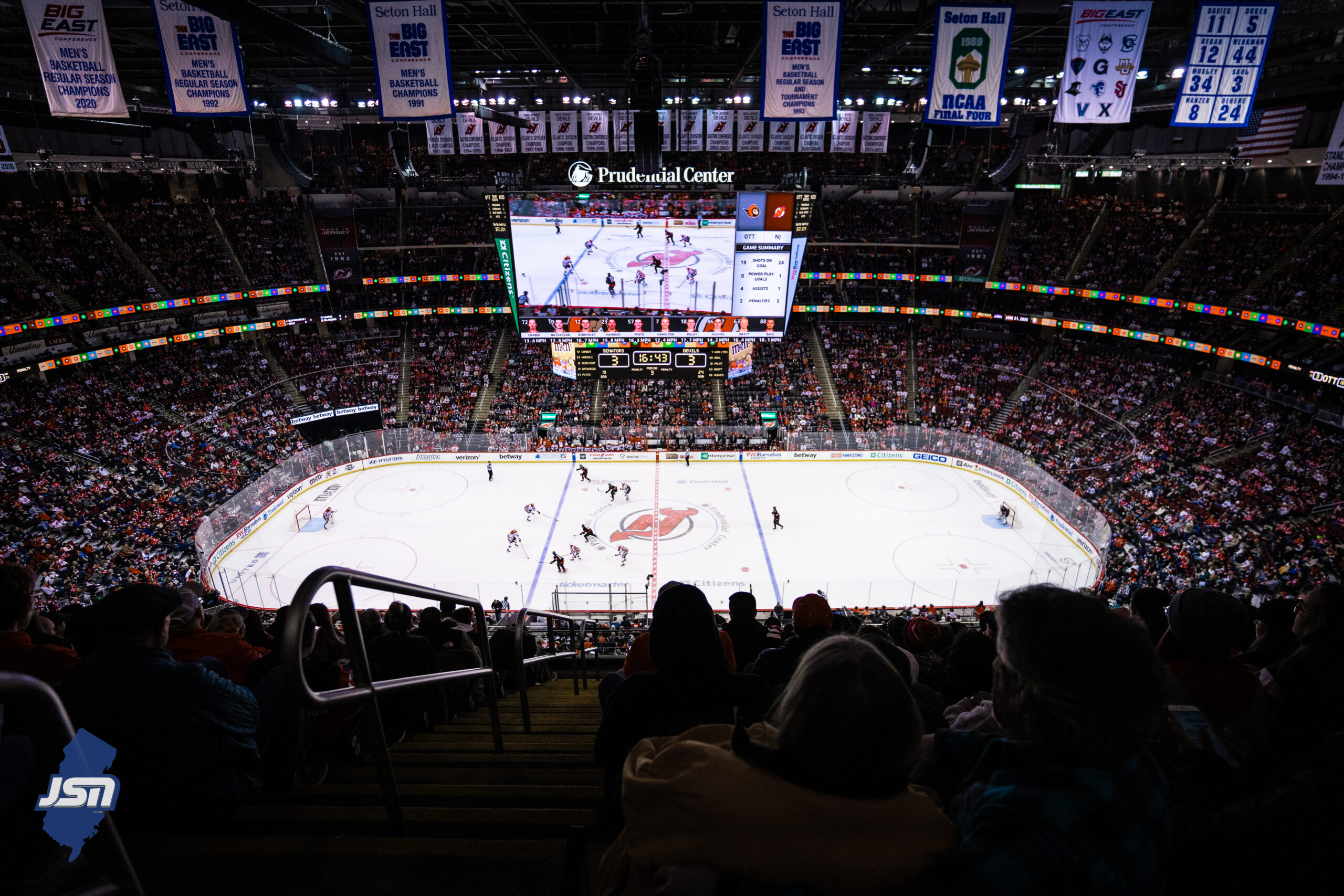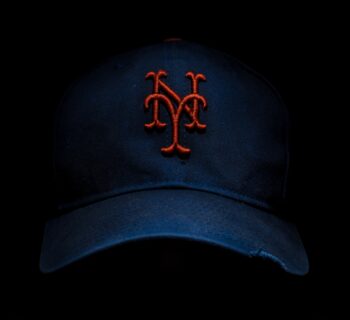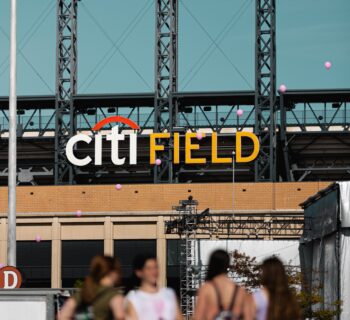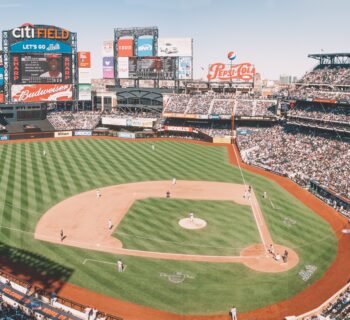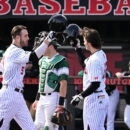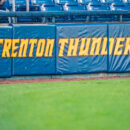I’ll start knowing I’m closer to the end than the beginning. Looking back to last October, I wrote a salve for a season gone asunder. Despite seeing a similar appearance staring back in the mirror, it’s no longer good enough. Not for Mets fans that expect nothing but the best.
A collective cheer around the Tri-State was heard when general manager Billy Eppler admitted Darin Ruf “was a trade that didn’t work out -- plain and simple.” It wasn’t questioned that Steve Cohen would eat the additional $3.25 million owed to Ruf, who never showed the .886 OPS vs. left-handed pitchers he was traded for.
But losing J.D. Davis and three minor league pitchers even the most die-hard fan would be hard to name doesn’t rank in the worst trades in team history. It’s not even close to the worst 4-for-1 trade in team history. That distinction belongs to a first-ballot Hall of Famer who earned a save in the team’s first championship.
Nolan Ryan threw the final two innings of Game 3 against the Baltimore Orioles in 1969, earning the save as a 22-year old flamethrower with little control of his fastball. Enough control to reach the big leagues, but not enough to avoid being packaged along with Leroy Stanton, Francisco Estrada and Don Rose for 6-time All-Star shortstop Jim Fregosi in 1971.
Better known as a manager, Fregosi wasn’t even on the roster two years later when Tug McGraw uttered the famous ‘Ya Gotta Believe’ rallying cry linked with the 1973 run to the World Series. The shortstop for that team was Bud Harrelson, who managed the Mets for two seasons in the early 1990s.
Meanwhile, Ryan was still throwing fastballs past batters in the early 90s. In fact, his famous beatdown of former Met Robin Ventura takes place August 4, 1993. That same year another former Met, Rickey Henderson, was moved at the trade deadline and won a title with the Toronto Blue Jays.
Henderson famously called Harold Reynolds in 1987 and said, “Sixty stolen bases? You ought to be ashamed. Rickey would have 60 at the break,” wants to keep his legacy intact. When asked about the recent rule changes and what a shorter distance between the bases would mean for him, Henderson said, “It’s an extra step for sure. And I don’t care if they’re throwing, I’m gone.”
Throwing the baseball didn’t change much during Rickey’s career, which started in 1979 and lasted 25 years later. That’s a drop in the bucket compared to Ryan’s ridiculously long career, ranging over four different decades. He lasted that long by developing a 12-to-6 curve to go with his blazing fastball, one that was still clocked at 98 MPH when he was well into his 40s.
Ryan remained in the league because there were few starting pitchers regularly throwing in the 90s in the 90s. There are a few names that come to mind - Randy Johnson; Bartolo Colon; maybe Jack McDowell. Looking back to 1993 when ‘Black Jack’ was named the top pitcher in the American League, the National League Cy Young award winner was Greg Maddux, never known for his fastball.
Other names as top pitchers from that year include Pat Hentgen, Tom Glavine, Jimmy Key, Bill Swift, Kevin Appier and Mark Portugal. I could keep naming starters from the 90s that succeeded without a 95+ MPH fastball. That’s what Kodai Senga will throw from the stretch consistently on Sunday when he makes his Mets debut against the Marlins.
He’s not alone. Justin Verlander and David Peterson routinely hit 95+ on the radar; just like the majority of MLB starting pitchers nowadays. And my generation - the last ones to play outside until the street lights turned on - are to blame.
Children of the 90s remember cassette singles, alpha-numeric pagers, enjoyment from a square device with one or two buttons and actually leaving the house to play the best video games standing up. We had no fear of a military draft and watched war on television; the same place we saw pixels throw an imaginary baseball at top speeds all the time.
Our best and brightest took the lessons learned in math class and applied it outside the classroom; using zero’s and one’s to transform those pixels into something better. Those mathematicians made better video games and applied that logic to all games via analytics; transforming sports to what we see today as the addition of technology over the past 25 years has altered the view.
The 90s were the last time basketball centers played and stayed in the paint. They were considered vital rim defenders and a necessary piece to any championship team. Football offenses were centered around running backs and if video games are to blame, then Tecmo Bowl and the unstoppable Bo Jackson should take full credit.
Focusing on baseball numbers to play a fantasy version isn’t new. Rotisserie leagues existed for decades before Tommy Pham received a three-game suspension for taking ‘fantasy’ a little too far. But now my generation (or maybe just me) longs for when 7-footers wouldn’t kick out for 3-point shots or football didn’t view running backs as nameless pieces like offensive lineman or your team’s long snapper.
The new rules won’t snap everything back to the 90s instantly, but it does show that baseball is fighting back, making retro a thing before it’s fetch. MLB is likely more successful than Gretchen Wieners because the time clock means most games will end in about three hours again.
In the 90s, Mets games would start at 7:05 pm on WWOR and be done in time for the 10 pm news. As I got older, I could watch the game and consider going out since it was just 10 pm. That was my mindset back in the 90s. Most of the time, that meant a good hour of Mario Kart or actually getting some homework done before bed. Towards the end of the decade, that shifted to going to a friend’s place near campus to play Mario Kart or actually getting some homework done. Maybe.
The time clock was created to bring that option back, hence Cohen's recent move to court college students with a $15 ticket deal only available via text message. I mean, obviously it wasn’t Cohen inside the meeting with ticket sales and marketing that crafted the concept. I don’t think he is hands-on enough for that approval for this promotion needed to cross his desk first. But it’s fun to think it did.
It’s fun thinking about the start of another season; watching two teams score 14 runs in a game, filled with base hits up the middle, runners going 1st to 3rd and catchers throwing behind runners to catch them slipping. It’s amazing to think it will finish in less than three hours and that’s the truth.
Upcoming Series: Mets (0-0) vs. Miami Marlins (0-0)
Thursday, March 30
Max Scherzer (0-0, 0.00 ERA) vs. Sandy Alcantara (0-0, 0.00 ERA)
Friday, March 31
David Peterson (0-0, 0.00 ERA) vs. TBD
Saturday, April 1
Justin Verlander (0-0, 0.00 ERA) vs. TBD
Sunday, April 2
Kodai Senga (0-0, 0.00 ERA) vs. TBD
- Mets 2024 Preview - Get Ready And Be Patient - March 28, 2024
- Edwin Diaz Shines In Spring Debut - March 11, 2024
- Mets notes From spring's first pitch in Florida - February 26, 2024


